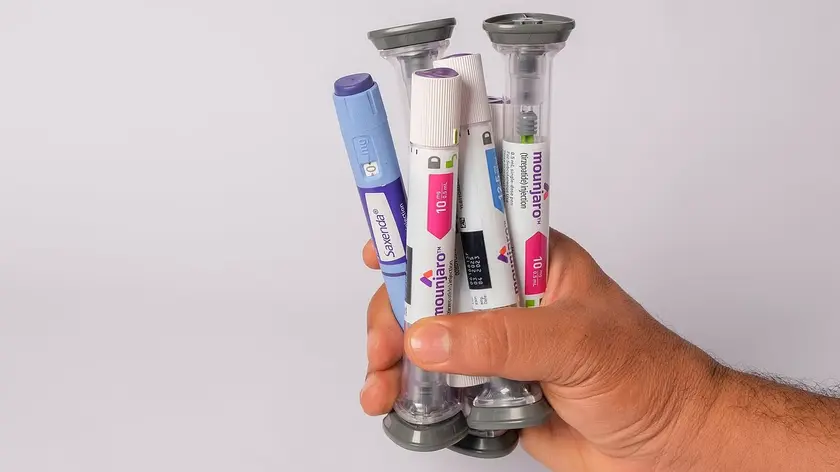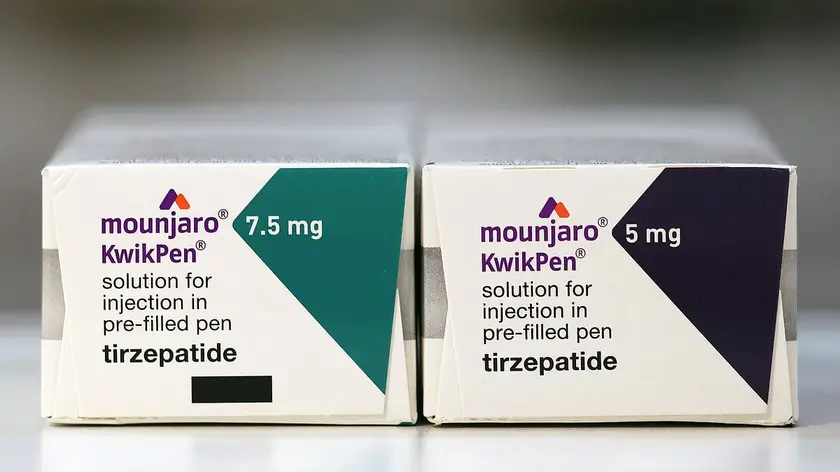T4K3.news
GLP-1 use for arthritis sparks access questions
A patient sheds light on off-label GLP-1 treatment and its costs and access challenges.

GLP-1s are not FDA approved to treat rheumatoid arthritis, but some users report reduced inflammation and better quality of life, as Cassandra Smith explains.
I was too young to be waking up in pain. A GLP-1 helped me get my rheumatoid arthritis and weight under control.
Cassandra Smith, 30, lives with rheumatoid arthritis and weighs 311 pounds. Her doctor warned that weight and inflammation would threaten her health, and she tried dieting but still faced long flare ups. When GLP-1 medications were proposed for weight loss, Smith sought alternatives after her insurer said the drugs were for cosmetic purposes, turning to compounded tirzepatide from a local provider.
Seven months in, Smith says she has not had a single arthritis flare up and has lost about 69 pounds. She notes her inflammation has fallen, she has more energy, and she has changed her daily routines—from protein rich breakfasts to home workouts and more time with her 4 year old daughter. She describes a shift in her spending, moving from daily fast food to planned meals and groceries, and says she now considers herself in control of her health rather than letting illness drive her days.
Key Takeaways
"I’ve been able to come off my rheumatoid arthritis medicines."
Statement about stopping RA drugs after GLP-1 use
"Since being on a GLP-1, I put myself and my mental and physical health first."
Expression of personal health priorities
"I feel amazing. My inflammation levels are down, I haven’t had a single arthritis flare-up since I’ve been on tirzepatide."
Current health status after treatment
"I’ve canceled my gym membership."
Lifestyle change after GLP-1 use
Off label use of GLP-1 drugs carries safety and regulatory questions. While stories like Smith's show improved quality of life, more independent research is needed to understand how these drugs affect RA inflammation over time and how compounded versions compare to approved therapies. Access and cost also shape who can pursue this path, raising equity concerns as insurers differ in coverage. Doctors face a balance between patient autonomy and medical oversight in these cases.
Policy and guidance will influence whether this approach becomes more common. If more evidence supports safety and efficacy, clinicians may discuss GLP-1s as part of a broader strategy for inflammatory diseases; if not, patients may face a patchwork system that favors money over medicine.
Highlights
- I’ve been able to come off my rheumatoid arthritis medicines
- Since starting a GLP-1, I put myself and my mental and physical health first
- I feel amazing and haven’t had a single arthritis flare-up since tirzepatide
- I’ve canceled my gym membership
Off-label GLP-1 use raises safety and cost concerns
The piece centers on compounded tirzepatide used off label for rheumatoid arthritis, with insurance denial and high out of pocket costs. It raises questions about safety, efficacy, access, and regulatory oversight.
Health care decisions like this depend on science access and clear guidance from doctors and regulators.
Enjoyed this? Let your friends know!
Related News

RA patient defies denial with GLP-1 treatment

Weight loss drugs entering a new era

New GLP-1 rival eyed for safer weight loss

Mounjaro shows promise in reducing alcohol cravings

Exploring GLP-1 medications and their implications

Serena Williams GLP-1 endorsement under scrutiny

Serena Williams opens up about GLP-1 use

Natural appetite pill gains attention in UK
